In the fastest growing segment in Europe, that of SUVs derived from B-segment models, the previous Peugeot 2008 was a proposal closer to a crossover, with an almost truck-like appearance with higher suspension.
For this second generation, Peugeot decided to reposition its new B-SUV, placing it at the top of the segment, both in terms of size, content and, hopefully, price, whose values have not yet been announced.
THE new Peugeot 2008 will be on the market in January, immediately with all available engines, starting with three power variants of the 1.2 PureTech (100, 130 and 155 hp), two versions of the Diesel 1.5 BlueHDI (100 and 130 hp) and the electric e-2008 (136 hp).
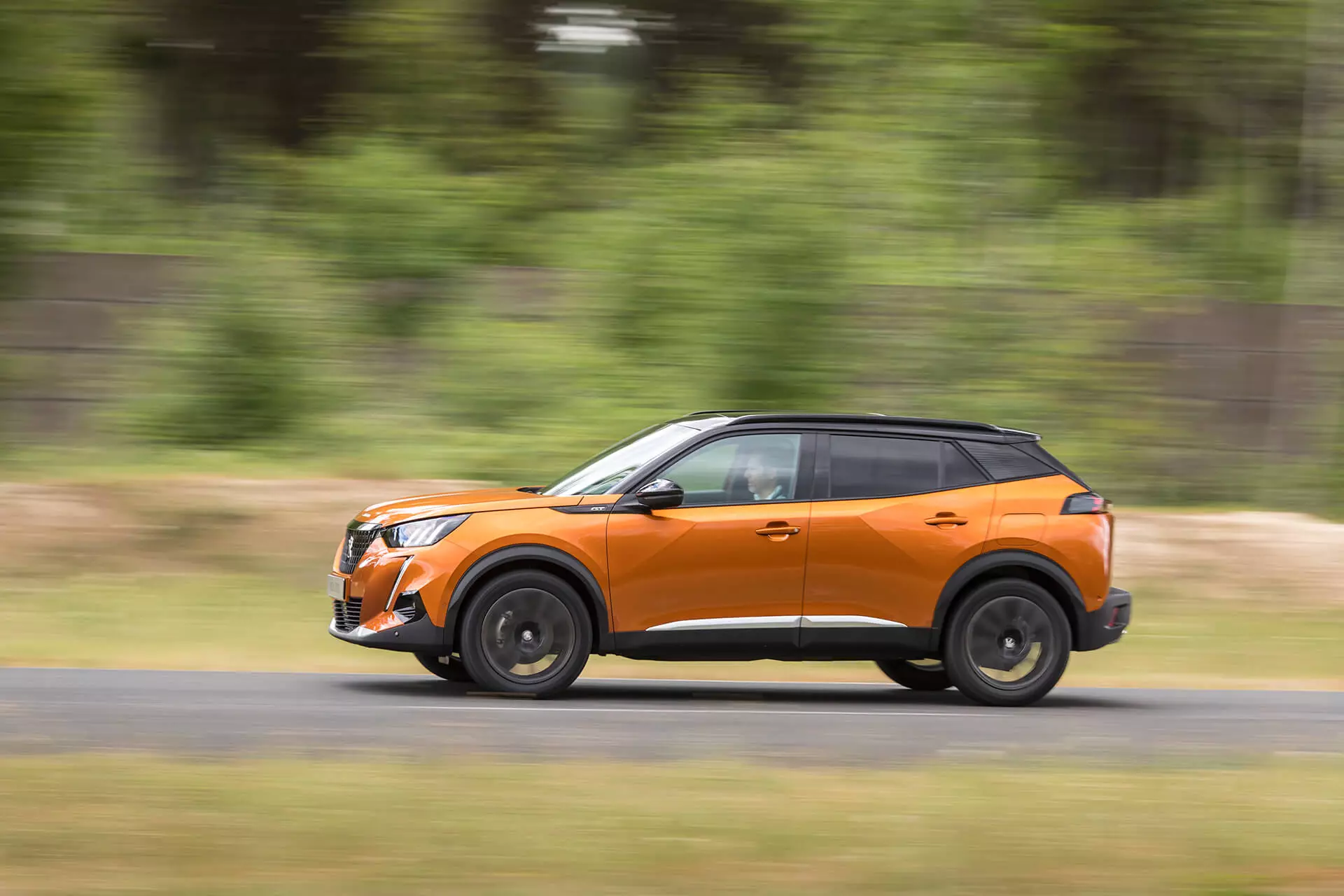
The less powerful versions will only be available with six-speed manual gearboxes, while the top-end versions will only be sold with the eight-speed automatic gearbox with paddles fixed to the steering column. Intermediates have both options.
Of course the 2008 is pure front-wheel drive, no 4×4 version is planned. But it has the Grip Control option, to regulate traction on hills and HADC control on steep descents.
CMP platform serves as the basis
The Peugeot 2008 shares the CMP platform with the 208, but introduces some relevant differences, the biggest of which is the increase in the wheelbase by 6.0 cm, amounting to 2.6 m, with the total length marking 4.3 m. The previous 2008 was 2.53 m wheelbase and 4.16 m long.
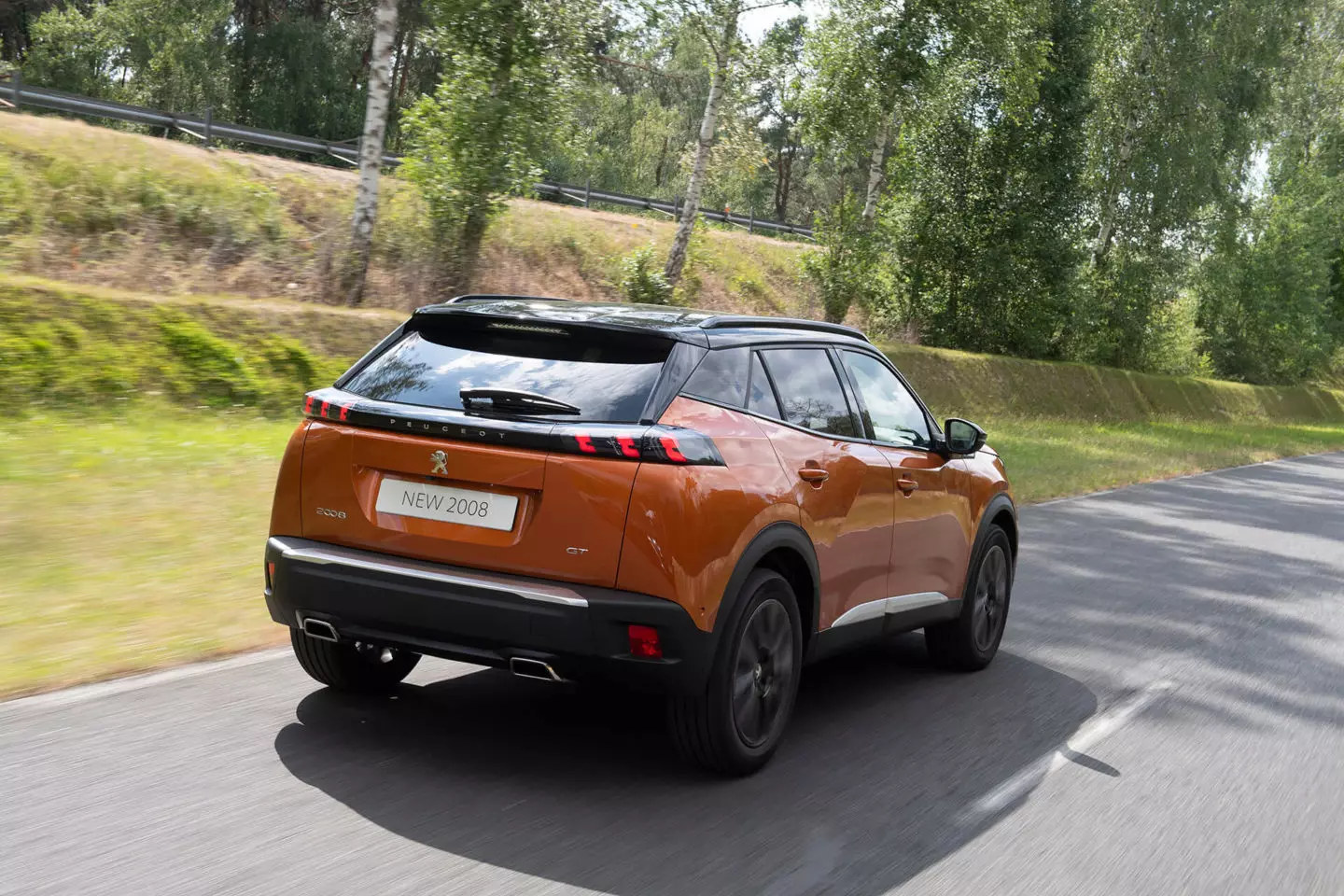
The result of this modification is a clear increase in legroom for passengers in the second row, compared to the 208, but also compared to the previous 2008. The capacity of the suitcase increased from 338 to 434 l , now offering a height-adjustable false bottom.
Returning to the cabin, the dashboard is the same as the new 208, but in addition to the soft plastics on the top, it can receive other types of more refined materials, such as Alcantara or Nappa leather, in the more equipped versions. The quality feel is far superior to the previous model.
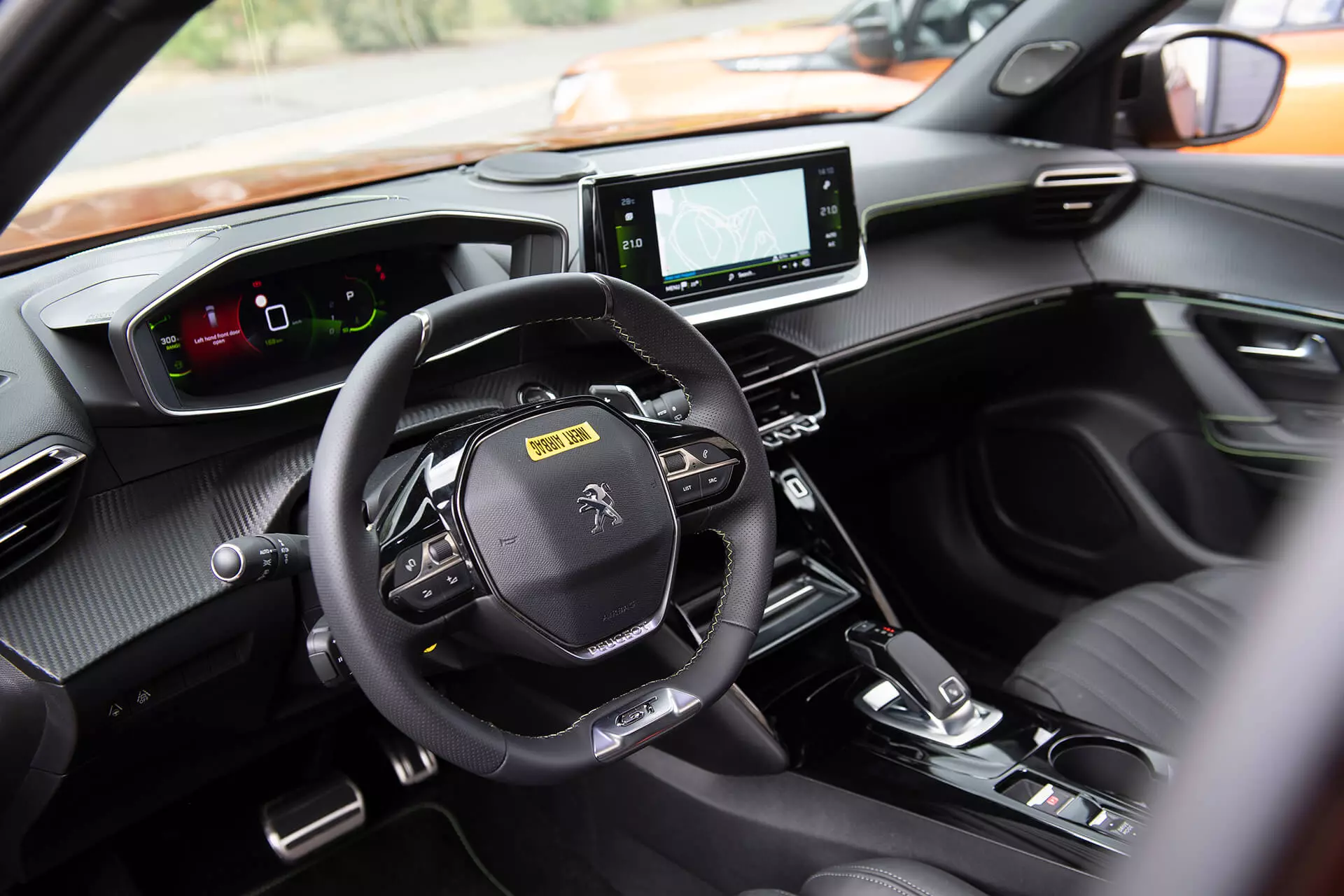
The range is articulated between Active/Allure/GT Line/GT equipment levels, with the most equipped receiving a Focal sound system, connected navigation and Mirror Screen, in addition to four USB sockets.
Panel with 3D Effect
It is also these versions that include in the “i-Cockpit” the new instrument panel with 3D effect, which presents information in superimposed layers, almost like a hologram. This makes it possible to focus on the most urgent information at any given time, thus reducing the driver's reaction time.
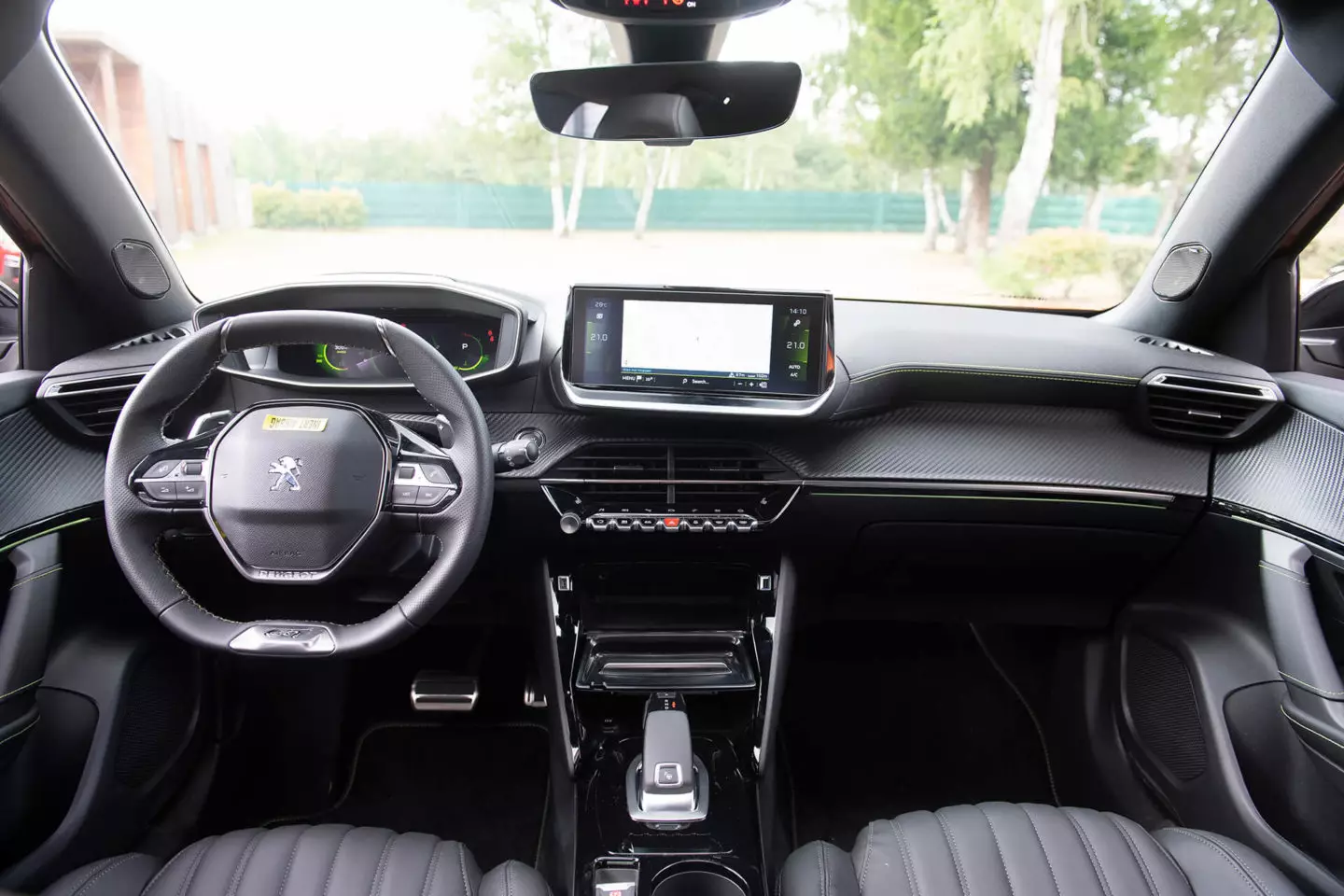
The central tactile monitor has a row of physical keys underneath, following the 3008's architecture. The console has a closed compartment where the mat for the smartphone's induction charge is located, so that it can be hidden while charging. The lid opens 180 degrees downwards and forms a support for the smartphone. There are more storage compartments, under the armrests and in the door pockets.
Subscribe to our newsletter
The styling is clearly inspired by that of the 3008, with the recessed front pillars allowing for a longer, flatter bonnet, making for a more SUV and less crossover silhouette. The look is much more muscular than in the previous 2008, with the 18” wheels having an effect reinforced by the design of the mudguards. The vertical grid also helps with this effect.
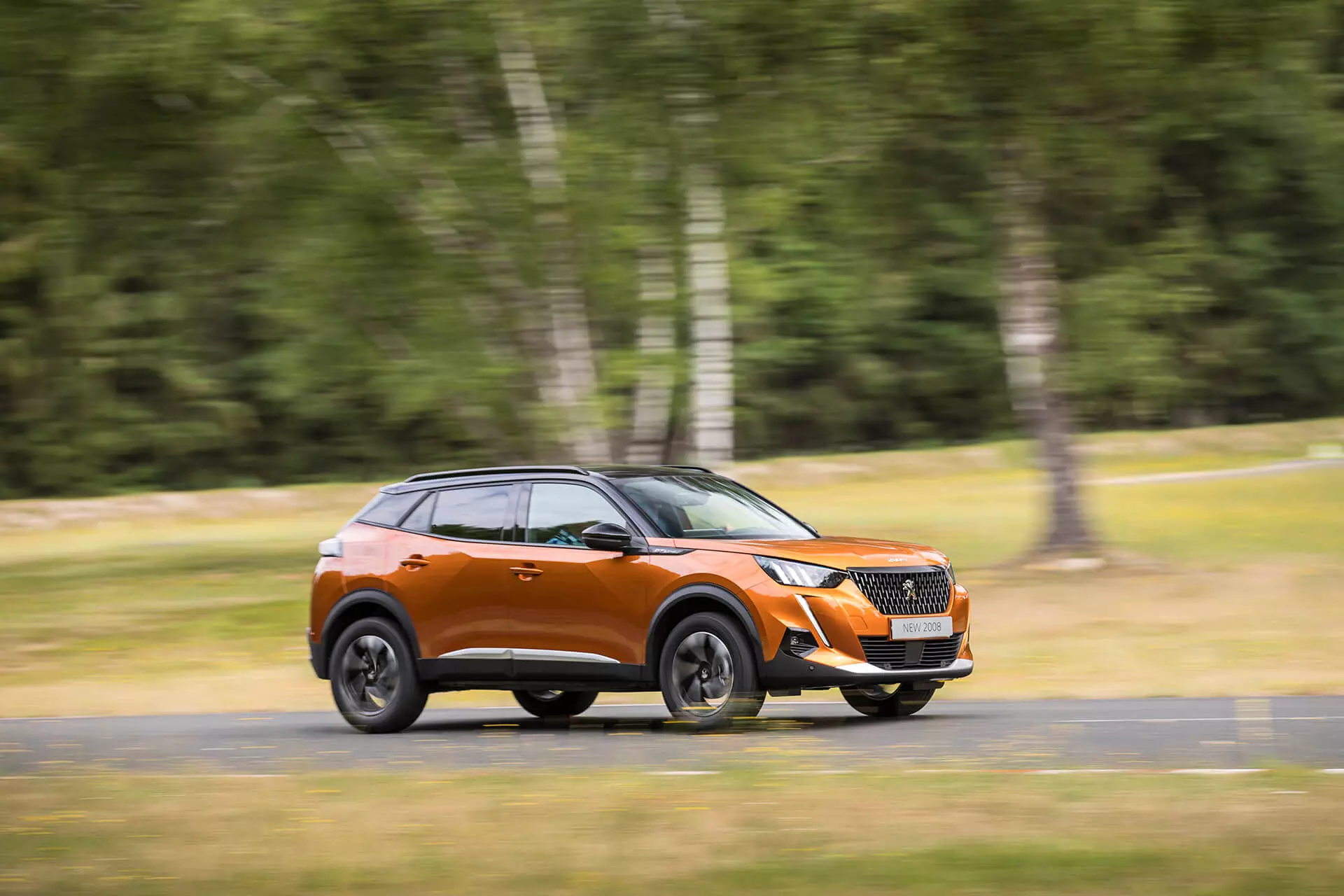
But the black roof helps avoid the “box” styling of other SUVs, making the 2008 Peugeot look shorter and leaner. To guarantee the family atmosphere with the brand's latest models, there are headlamps and taillights with three vertical segments, which are LED at the rear, in all versions, where they are joined by a black transversal strip.
There was also a concern for aerodynamics, putting up air intakes with electric curtains at the front, bottom fairing and turbulence control around the wheels.
The aesthetic effect brings the 2008 even closer to the 3008, perhaps to make room for a smaller SUV to be launched in the future, which would then be a rival to the Volkswagen T-Cross.
Guillaume Clerc, Peugeot Product ManagerWe have identified two trends in the B-SUV, the smaller and more compact models and the larger ones. If the previous 2008 was at the base of this segment, the new model clearly rises to the opposite pole, positioning itself as a rival to the Volkswagen T-Roc.
First world test in Mortefontaine
For testing on the Mortefontaine complex circuit that recreates a French country road, the 1.2 PureTech 130hp and the 155hp were available.
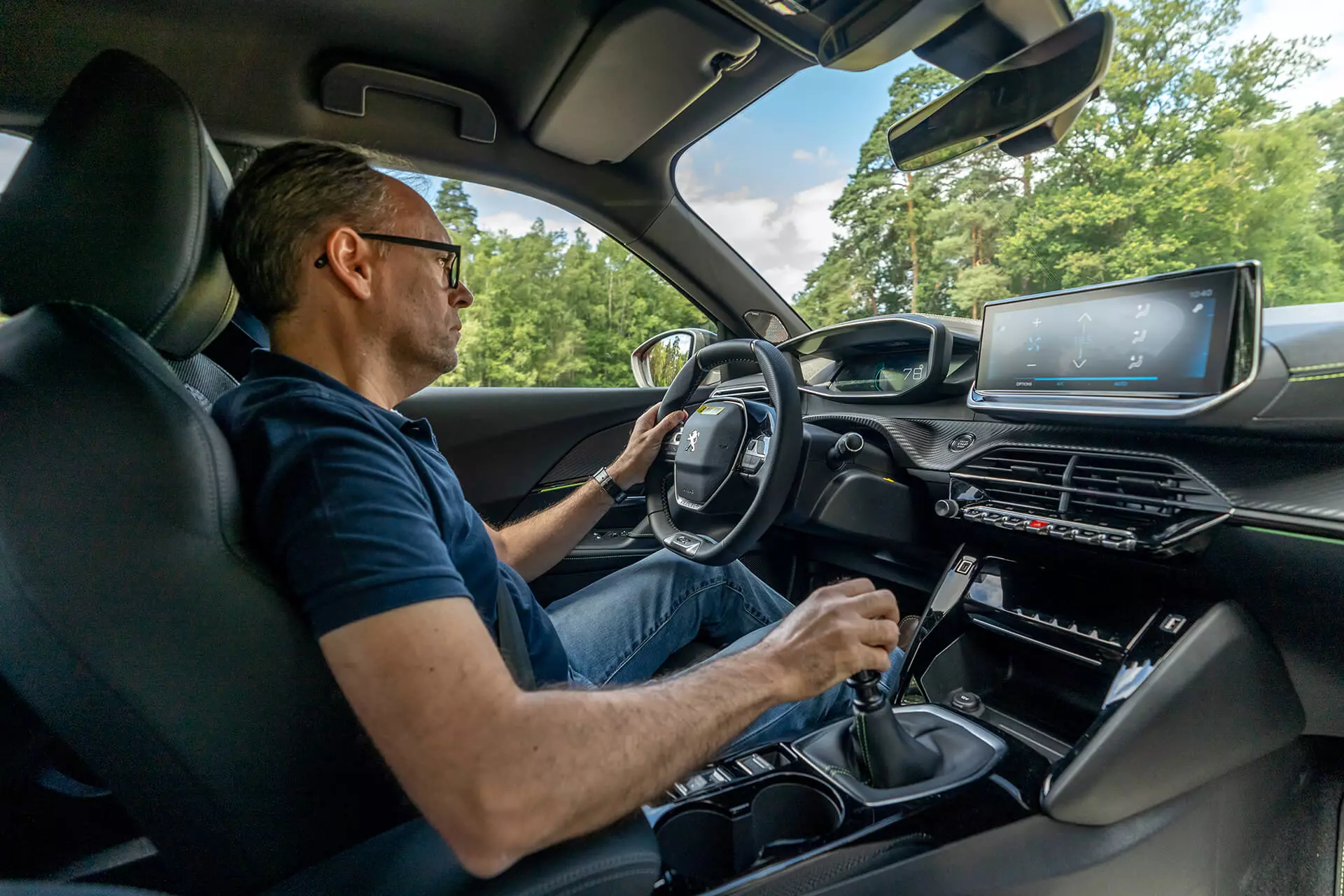
The first equipped with a six-speed manual gearbox started off by pleasing for its slightly higher driving position than the previous 2008 and for better visibility, due to the lower inclination of the front pillars. The driving position is very good, with much more comfortable seats, correct positioning of the new steering wheel, the almost “square” version debuted on the 3008 and the gear lever just over a hand from the steering wheel. Reading the instrument panel poses no problem with this combination of taller seat and flat-topped steering wheel.
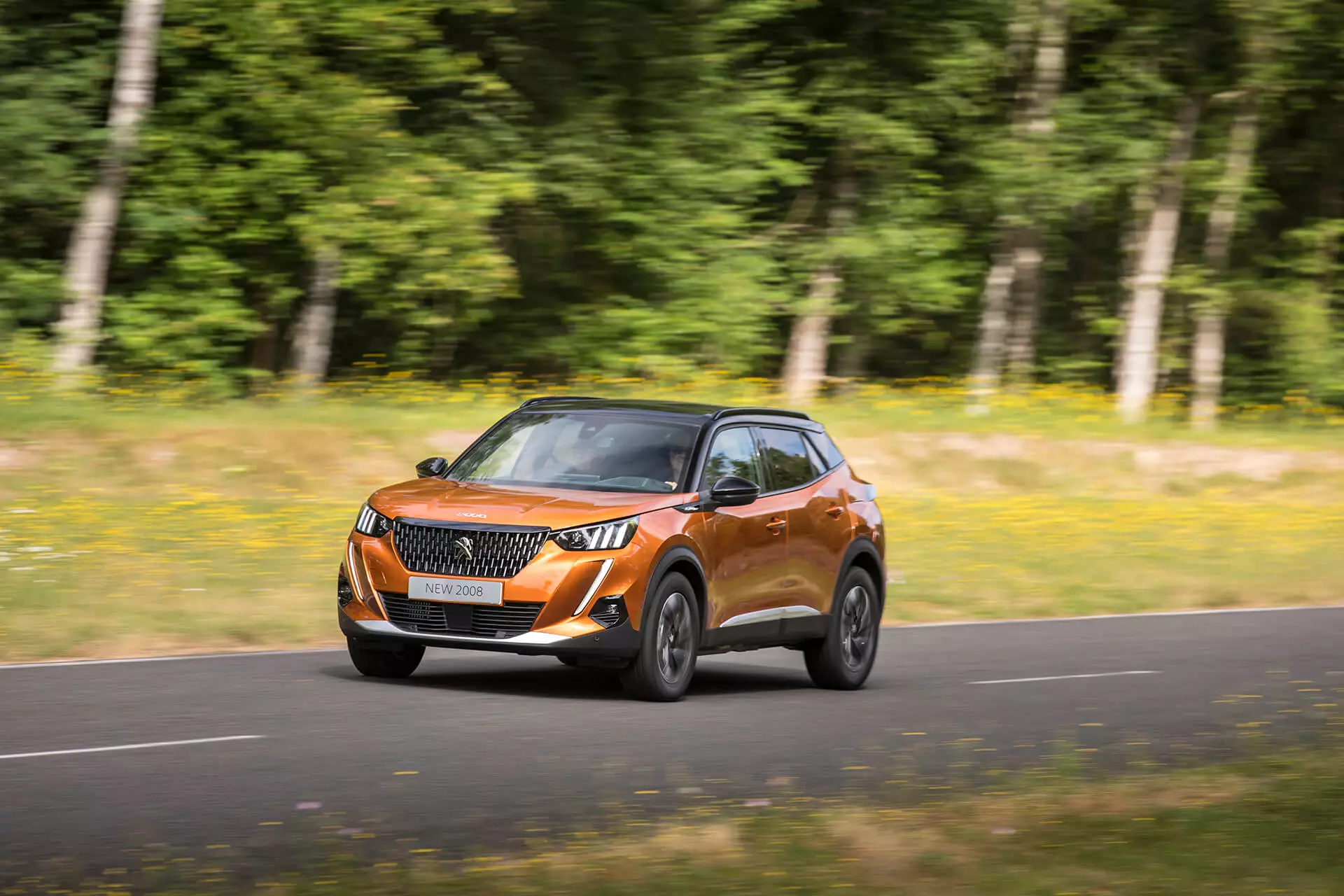
The 130 hp engine has a performance well adapted to family use, not suffering much from the 70 kg more that the 2008 has, compared to 208. It is well soundproofed and the box accompanies it to provide a smooth drive. The steering and steering wheel here give the “spice” of agility that you can ask for in a car with a necessarily higher center of gravity. Even so, the lateral inclination in corners is not exaggerated and the slight imperfections in the tread (especially in the cobbled part of the circuit) do not affect stability or comfort.
Of course, the units tested were prototypes and the test was short, being necessary to wait for the opportunity, towards the end of the year, to make a longer test.
155 hp engine is the best option
Moving on to the 155 hp version, with an eight-speed automatic transmission, it's clear that there's a higher level of liveliness with faster accelerations — the 0-100 km/h acceleration drops from 9.7 to 8.9 seconds.
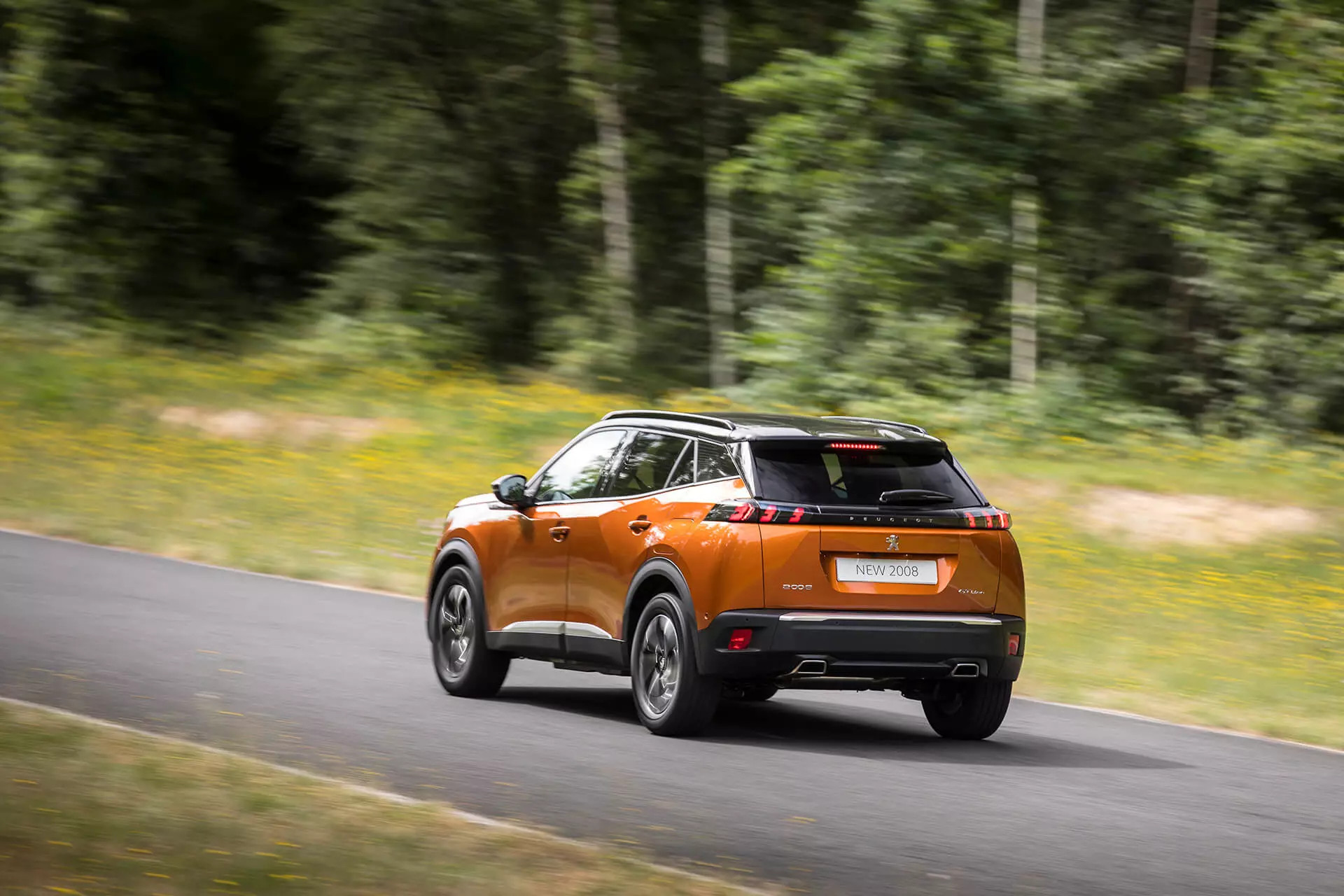
It's clearly an engine/snare combination that better fits Peugeot 2008, allowing you to explore the capabilities of the CMP platform a little more, in this taller version with longer wheelbase. Very stable in fast corners, with good damping in the most aggressive compression and stretching areas of the circuit and maintaining a good incision when entering corners.
It also has a button to choose between Eco/Normal/Sport driving modes, which offers sensitive differences, especially in terms of the accelerator. Of course, more guidance will be needed to make the complete portrait of the Peugeot 2008, but first impressions are good.
The new platform has not only improved dynamics, it has made it possible to evolve a lot in terms of driving aids, which now include active lane maintenance with alert, adaptive cruise control with "stop & go", park assist (parking assistant), emergency braking with pedestrian and cyclist detection, automatic high beam, driver fatigue sensor, traffic sign recognition and active blind spot monitor. Available depending on versions.
There will also be electric: e-2008
For driving was the e-2008, the electric version that uses the same system as the e-208. It has a 50 kWh battery mounted in an “H” under the front, tunnel and rear seats, with autonomy of 310 km — 30 km less than the e-208, due to worse aerodynamics.
It takes 16 hours to fully recharge a household outlet, a 7.4 kWh wallbox takes 8 hours and a 100 kWh fast charger takes just 30 minutes to reach 80%. The driver can choose between two regeneration modes and three driving modes, with different powers available. The maximum power is 136 hp and the torque of 260 Nm.
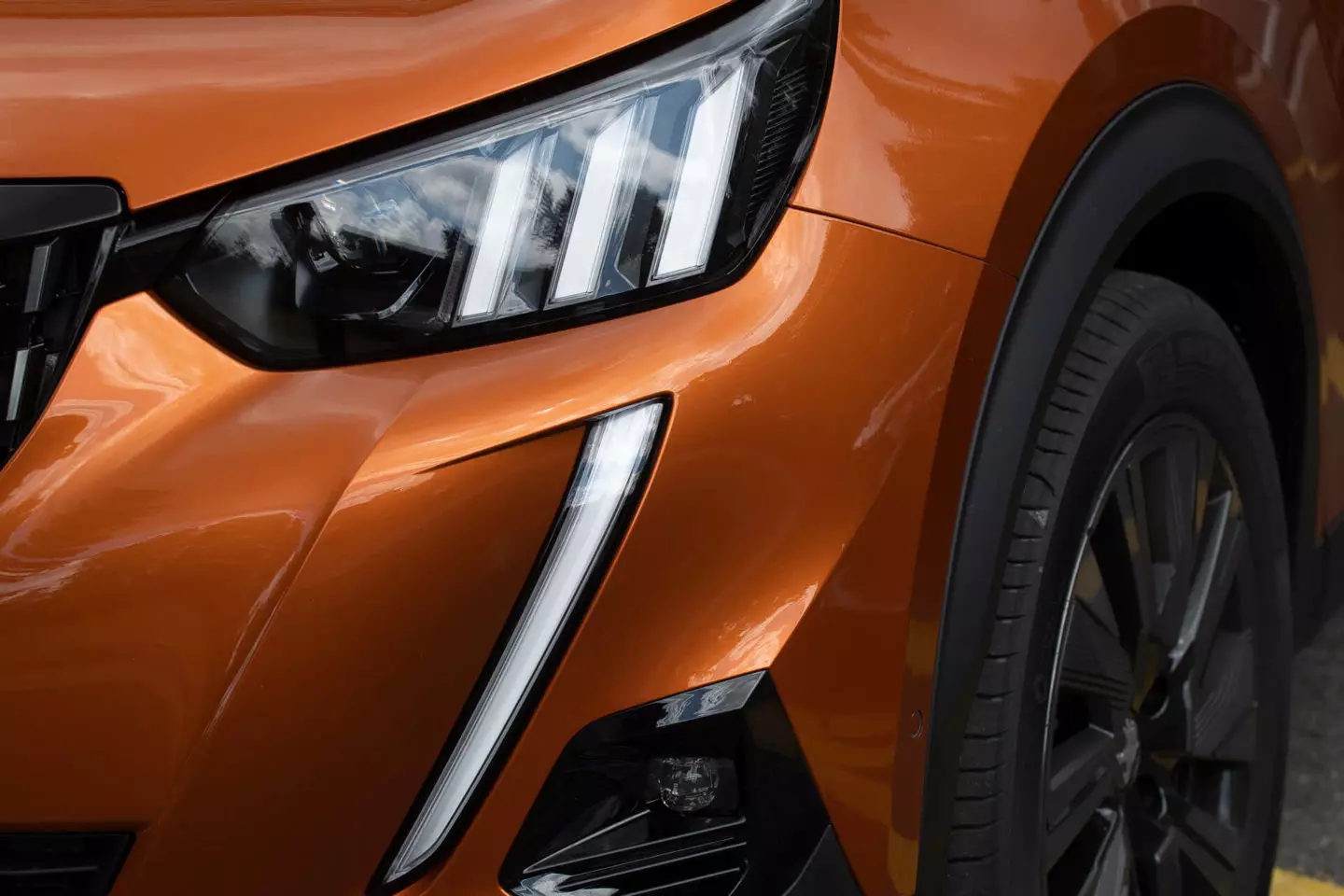
The arrival on the market of the Peugeot e-2008 is scheduled for the beginning of the year, shortly after the versions with combustion engines.
Specifications
Peugeot 2008 1.2 PureTech 130 (PureTech 155)
| Motor | |
|---|---|
| Architecture | 3 cil. line |
| Capacity | 1199 cm3 |
| Food | Injury Direct; Turbocharger; Intercooler |
| Distribution | 2 a.c.c., 4 valves per cil. |
| power | 130 (155) hp at 5500 (5500) rpm |
| Binary | 230 (240) Nm at 1750 (1750) rpm |
| Streaming | |
| Traction | Forward |
| Speed Box | 6-speed manual. (8 speed auto) |
| Suspension | |
| Forward | Independent: MacPherson |
| back | torsion bar |
| Direction | |
| Type | Electric |
| turning diameter | N.D. |
| Dimensions and Capabilities | |
| Comp., Width., Alt. | 4300mm, 1770mm, 1530mm |
| Between axles | 2605 mm |
| suitcase | 434 l |
| Deposit | N.D. |
| Tires | 215/65 R16 (215/55 R18) |
| Weight | 1194 (1205) kg |
| Installments and Consumptions | |
| Accel. 0-100 km/h | 9.7s (8.9s) |
| Vel. max. | 202 km/h (206 km/h) |
| Consumptions (WLTP) | 5.59 l/100 km (6.06 l/100 km) |
| CO2 Emissions (WLTP) | 126 g/km (137 g/km) |
